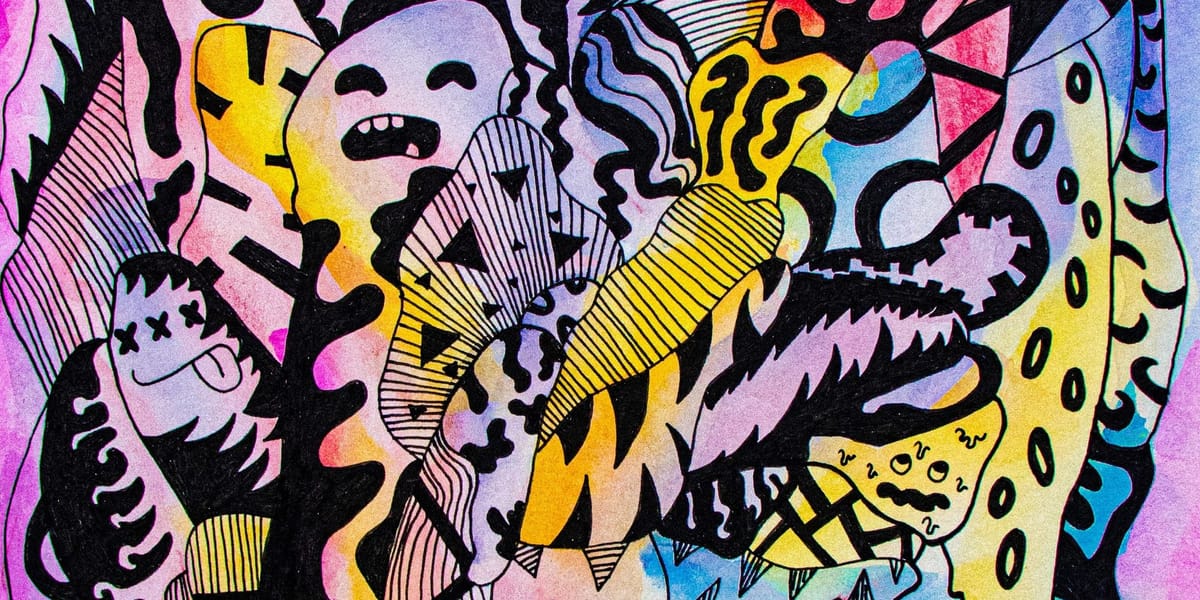Map user journeys from first touch to conversion

A user lands on your product page at 2:14 PM. At 2:16, they open your pricing modal. They close it. At 2:19, they view a competitor comparison article. At 2:31, they return to the product page. At 2:33, they add to cart. At 2:35, they see the shipping cost and leave. They never come back.
You know they abandoned. Do you know why?
Most analytics tools reduce this journey to a linear funnel: Product Page → Pricing → Cart → Abandoned. But the competitor article, the return visit, the 17 minutes of indecision—those details vanish. So does your ability to fix the problem.
Tracks reconstructs the full journey.
User paths, not funnel steps
Tracks analyzes your Grain event data to visualize actual user behavior from any starting event to any goal. It computes the paths users take—every detour, every backtrack, every spontaneous interaction—and shows you which routes lead to conversion and which end in abandonment.
Define the journey you want to understand: "Product Viewed" to "Purchase Completed," or "Free Trial Started" to "Subscription Activated," or "Error Encountered" to "Support Ticket." Tracks handles any start-goal pair.
The result is an interactive graph showing real user paths. Start events on the left. Goal events on the right. Everything between mapped according to actual behavior, not your assumptions.
The events that matter most
Not all steps in a journey carry equal weight. Some events act as convergence points—places where many users' paths intersect. These are your leverage points.
Tracks identifies these automatically using convergence hubs, a new node type that surfaces statistically significant events. A hub might be:
- A product comparison modal that 80% of converters engage with
- A pricing page users visit multiple times before purchasing
- A help article that correlates with successful onboarding
- A size guide that reduces return rates
Hubs appear with amber rings on the graph. They're calculated using graph theory: analyzing flow volume, connectivity patterns, betweenness, and proximity to the goal event. The algorithm finds events that sit at critical junctions in the user journey—whether or not you designed them to be important.
What you see
The Tracks visualization uses color and position to convey meaning instantly:
Green paths flow toward the goal—these are successful journeys. Red paths end without conversion—these are abandonments. Amber connections link hub events to outcomes.
Nodes above the horizontal axis are intermediate steps. Nodes below the axis are deadends—the last events users triggered before leaving. If many deadends share the same depth, Tracks clusters them to maintain readability.
The graph's width scales to your data. The path thickness shows volume—thicker lines mean more users followed that route. Hover over any node or path to see exact user counts and conversion rates.
E-commerce scenario
Track "App Opened" to "Second Purchase" for a retail app. Tracks reveals:
The most common conversion path includes four hub events: browsing the sale category, using the size finder tool, viewing product reviews, and returning to product images after reading reviews. 70% of repeat purchasers hit at least three of these four hubs.
The most common deadend path shows users abandoning immediately after viewing shipping costs. But here's the insight: users who engaged with the size finder before seeing shipping costs convert at 3x the rate. The size finder acts as a commitment mechanism.
Another pattern: users who revisit the product page after checkout (to track their order) are 5x more likely to make a second purchase within 30 days. This return visit is a hub—an unexpected convergence point that predicts future behavior.
You couldn't see these patterns in a standard funnel. Tracks maps them automatically.
Built for exploration
Adjust path counts to zoom in or out. Show 10 paths to see only the highest-frequency routes. Show 100 to include edge cases and outliers.
Filter by user properties to compare segments. Do power users and casual users take different journeys? Do mobile and desktop paths diverge?
Identify friction by examining deadends. What's the last hub before abandonment? What event preceded the drop-off?
Test hypotheses by creating multiple Tracks. If you suspect a feature drives conversion, track "Feature Discovered" to "Subscription Upgraded" and see if the data confirms it.
Performance at scale
Tracks analyzes millions of events in seconds. It uses ClickHouse to reconstruct user sessions, extract paths, and compute convergence scores in real time. The graph updates instantly as you adjust filters or path limits.
The layout algorithm prevents visual clutter even with 100+ paths. It distributes nodes vertically based on distance from the start event and horizontally based on topological ordering. Zigzag distribution spreads dense clusters. The result is readable at any scale.
Start mapping journeys
Tracks is available now in Grain. Pick a start event and a goal event. Tracks will show you what's really happening in between.
